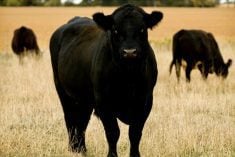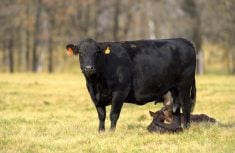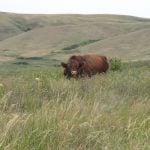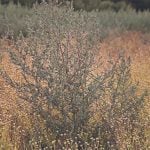Dr. Maria Camila Ceballos has been researching animal welfare her entire career. Now, she’s a beef cattle welfare assistant professor at the University of Calgary. Along with her PhD student Mostafa Farghal, Ceballos is researching animal welfare by identifying and measuring pain in Angus beef calves.
Ceballos says currently, the way to identify pain in calves is primarily through behaviour change. However, she wanted to know if there were facial cues revealing pain in beef calves, so they could treat calves as soon as possible.
Read Also
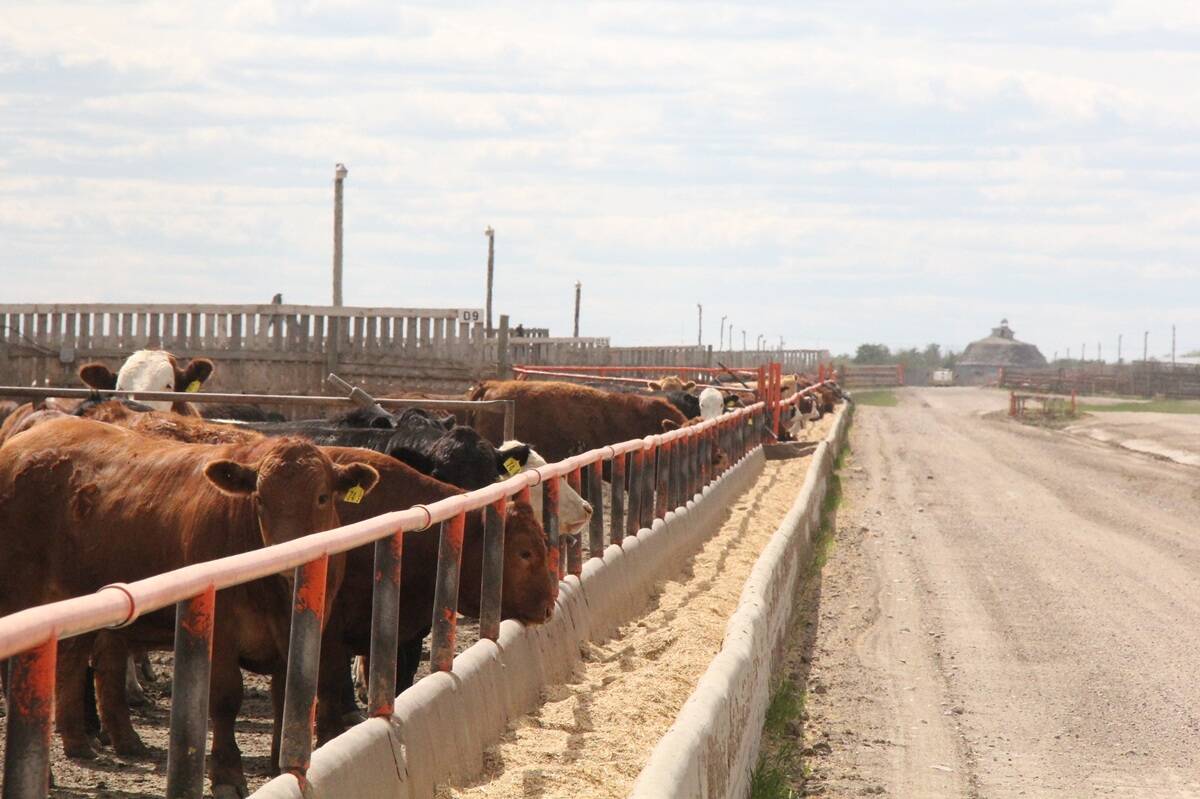
Unwinding the fibre in feedlot cattle diets
Research into how barley rolling method and undigestible NDF levels affect animal performance and digestive health in finishing diets
Farghal says they are working on adapting two indicators he expects will help identify pain in beef calves: facial expressions and the qualitative behaviour assessment.
To assess facial expressions of cattle, they developed a “grimace scale.” This scale quantifies or measures facial action units, which are the muscles that produce changes in facial expression. Facial action units are part of the facial action coding system, which includes all discernible facial movements in people and animals.
For their grimace scale, Farghal says they had to identify which facial action units could be used in calves.
“We took a lot of images, and we compared the images from before and after castration to see that change — is there a change or not? According to this comparison, we identified six facial attributes,” he says.
Some of these were the tension above the eyes, whether the nostrils were opened or closed, the head position, and whether the mouth was open or not. Farghal says if the animal is in pain, the mouth will be open, and the muscles above the eye and in the cheek will be strained, for example.
To conduct their research, they went to the University of Calgary’s W.A. Ranches, where they collected data from two groups of cattle: one control group with calves that had a sham castration procedure and one group that had been surgically castrated. The research group collected videos of the calves and then took screenshots from the videos of the calf’’s faces to identify the items for the grimace scale.
In addition to all of this work, they also looked into what factors might cause stress in the calves, as they knew stress would affect the calf’s facial expressions, as well.
“Environmental factors or stressors can affect the facial expressions, and no one explored this before,” Farghal says.
Ceballos says the next steps are making sure the grimace scale is valid and evaluating pain in the animals reliably. For the next few months, Farghal says they are also checking the scale’s specificity and sensitivity. Then, they hope to collaborate with the City University of Hong Kong to create tools producers can use.
“Initially it’s just like artificial intelligence,” Ceballos says. “But who knows, we may be able to make an app or something like that where a producer is able to take a picture of the face of the calf. And the artificial intelligence is going to tell them, ‘Oh, this calf is in pain. Oh, this calf is stressed,’ or something like that. So that is what we envision.”





